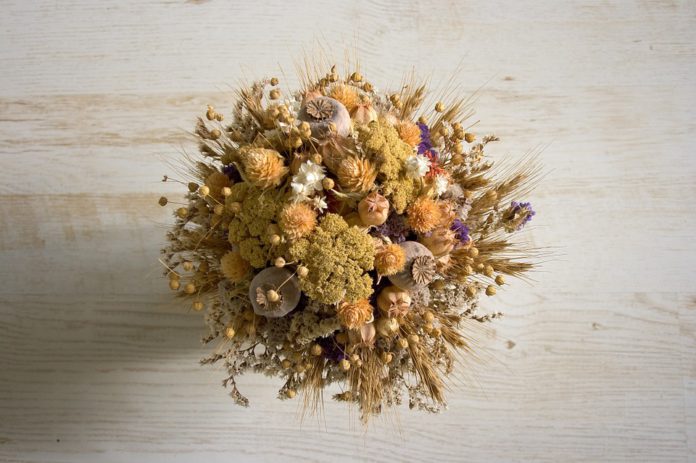Drying herbs, mushrooms, fruits or nuts is a widespread and well-known activity. But especially the flowers can make the interior quiver and even in the dried state can be reminded of nature. For drying, each other uses a different heat source.
Drying herbs, mushrooms, fruits or nuts is a widespread and well-known activity. But especially the flowers can make the interior quiver and even in the dried state can be reminded of nature. For drying, each other uses a different heat source.
Some people rely on the autumn sun, if they still warm enough, others prefer stoves, ovens or dryers. However, you can dry only flowers, but also leaves, twigs, fruits, seeds or bark. It is therefore good to recall some principles that affect the quality of dried plants.
Dried arrangements
The production of wreaths and dried arrangement has its tradition especially during the period of Dušičky, Christmas and Easter. However, this does not mean that we can not produce the floral binding of dry flowers and grasses anytime during the year. Often, we can see different spring, summer or autumn wreaths of dried and live flowers.
Likewise, our interiors, terraces, pergolas, or gates can decorate plants bound in bundles and hanging flowers down. Most of the time, the weather is bad, but to extend the shelf life, some flowers can be dyed or sprayed with colorless varnish.
How to dry flowers
The best method is air drying in a darker, cleaner, dry and airy place. Therefore, they are the ideal space for drying old, well ventilated soil. Chemical drying with silica gel, borax, stones or glass sand is also known. You can also dry in a microwave or using absorbent paper in which the plants are pressed. There is also a common newspaper.
Plants for drying are collected at the time they are drier, which may be until late autumn. Some can be prepared already in summer or throughout the season, such as roses. In general, the plant should not be too blooming, neither immature nor developed. First, remove the leaves from the bottom, as they dry faster than the flowers. Plant the plants in a bundle and lightly tighten the cord so the air can flow between the plants and do not form mold.
Snopek hang the flowers down so they do not bend or bend. An exception is the mochyna, in which its blooming fruit must appear naturally on the stems and therefore it is dried in blooms with flowers up.






